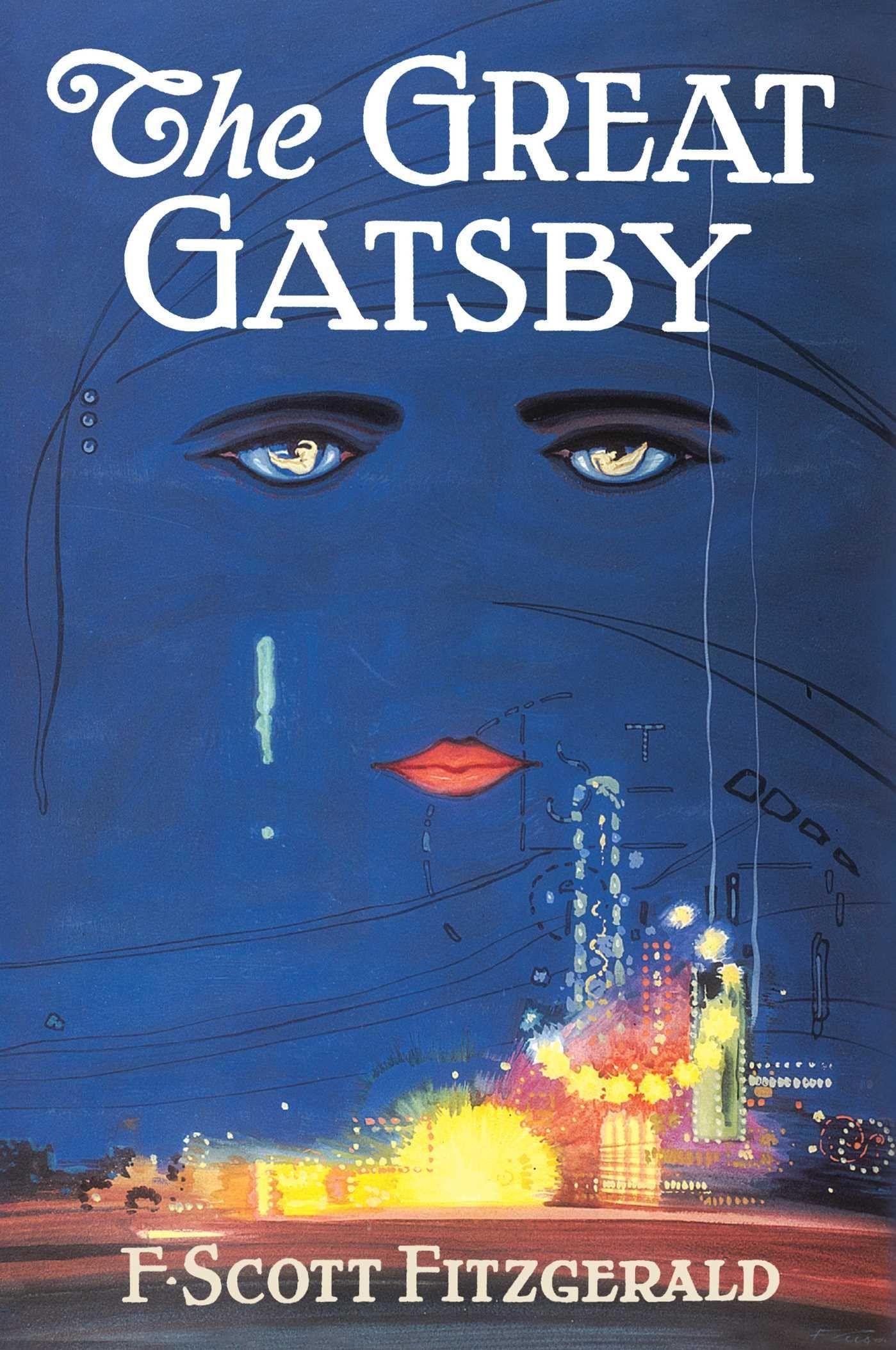How to Write a Synopsis
A Step-by-Step Guide Using the Great Gatsby

Writing a synopsis can feel like cramming a symphony into a ringtone. We know from experience. How do you distill an entire novel into a few paragraphs—and still capture its soul?
Today, we’re not just going to tell you how to write a synopsis. We’ll show you by breaking down one of the most famous novels ever written: The Great Gatsby by F. Scott Fitzgerald.
Step 1: Understand the Purpose of a Synopsis
A synopsis isn't just a teaser or a book report; it’s a clear, concise retelling of the entire story, including the ending. Think of it as a map that shows the main character’s journey, major obstacles, and final destination.
A good synopsis should:
- Introduce the main characters (quickly)
- Outline the major plot points
- Show the stakes and conflicts
- Reveal the ending** (yes, spoilers are expected!)
Step 2: Read a Sample Synopsis (The Great Gatsby)
Here’s a short, functional synopsis based on The Great Gatsby:
In the summer of 1922, Nick Carraway, a young man from Minnesota, moves to Long Island's West Egg and rents a modest house next door to the mysterious, wealthy Jay Gatsby. Gatsby throws lavish parties in hopes of reuniting with Daisy Buchanan, Nick’s cousin and Gatsby’s former lover, who now lives nearby with her unfaithful husband, Tom. Nick reconnects Gatsby and Daisy, sparking a dangerous affair. As tensions rise, Tom exposes Gatsby’s shady past to Daisy, leading her to retreat back into the safety of her marriage. In the aftermath, Gatsby takes the blame for a hit-and-run accident Daisy caused, resulting in his murder by the victim’s husband. In the end, Nick is disillusioned by the corruption and carelessness of the wealthy elite and returns home, forever changed.
Step 3: Break It Down
Let’s unpack what this synopsis does well — and how you can replicate it.
1. Start with the Setup
- Who’s the protagonist? (Nick Carraway)
- Where and when is the story set? (Long Island, summer 1922)
- What’s the immediate situation? (Nick rents a house next to Gatsby.)
Rewrite Club Tip: Introduce the setting and main character(s) in the very first lines.
2. Introduce the Central Conflict
- What’s Gatsby’s goal? (Reunite with Daisy.)
- What’s in the way? (She’s married to Tom.)
Rewrite Club Tip: Frame the central desire and major obstacle clearly and early.
3. Cover Major Turning Points
- Nick helps Gatsby reconnect with Daisy.
- The affair begins.
- Tom exposes Gatsby’s past.
- Daisy retreats.
Rewrite Club Tip: Pick the 3–5 biggest story beats. You don’t need to summarize every chapter—only the events that change the character's course.
4. Reveal the Climax
- Gatsby takes the blame for Daisy’s crime.
- He’s murdered in revenge.
Rewrite Club Tip: Always include how the central conflict peaks—and resolves.
5. End with the Aftermath
- Nick is disillusioned and leaves West Egg.
Rewrite Club Tip: A strong synopsis hints at the emotional or thematic takeaway, even briefly.
Step 4: Quick Formula You Can Steal
Here’s a plug-and-play formula for your own synopsis:
[Protagonist] in [Setting] wants [Goal], but faces [Obstacle/Conflict]. As [events escalate], they [try and fail/succeed] until [climactic moment] forces [consequence]. The story ends with [resolution/emotional takeaway].
Example (Gatsby filled in):
Nick Carraway, living in Long Island in 1922, watches as his mysterious neighbor Jay Gatsby pursues an impossible dream: rekindling a romance with Daisy Buchanan. Despite rekindling their love, Gatsby cannot overcome Daisy’s loyalty to her husband or her fear of scandal. After a deadly accident and a murder, Nick abandons the hollow world of wealth, forever disillusioned.
Step 5: Final Tips
- Keep it tight:** Aim for 1–2 double-spaced pages (or under 500 words).
- Name only key characters: No more than 3–5 names.
- Write in third person, present tense: Even if your novel is in first person or past tense.
- Stick to the main plot: Subplots and minor characters can be cut unless they are crucial.
- Focus on cause and effect: Show how one event leads to the next.
- Spoil the ending: Always. (Agents and editors want to see if your story pays off.)
in short:
A synopsis isn't a teaser. It's a miniature version of your novel's heart.
Master it, and you'll be one step closer to pitching your book like a pro.
Now, take your favorite novel and try writing a one-paragraph synopsis using the breakdown above. See how much sharper your understanding of story structure becomes.

